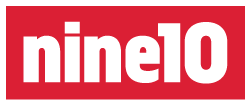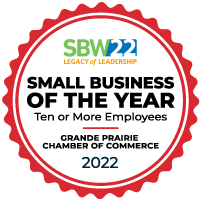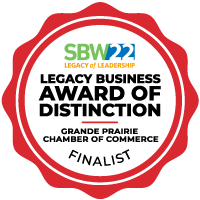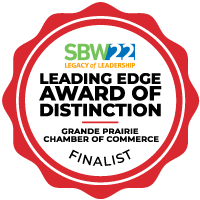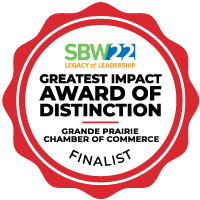Let’s talk about push and pull marketing within the context of digital marketing. I’m going to use two examples of advertising paid advertising on Facebook versus paid advertising on Google.
So, let’s start with the first one.
On Facebook, this is push advertising. So, what I mean by that is if nine10 wants to do paid advertising on Facebook, Facebook’s ads manager asks us many questions. You’re about to give us some money to create a type of advertising, and we’re going to push this into the newsfeed. If we’re pushing this into the newsfeed, whose newsfeed do you want this pushed to?
Can you tell us something about your ad so we can choose where to push it? For example, within the Peace region, account holders that are male, from the ages of 25 to 45. You can get very specific with the target audience.
Or you could change that to say, “I want to push this to females that are within the age range of 25 to 45, within the Peace region, and I want to target them based on their relationship status single. These criteria could align well with wedding dress stores or something similar.
The idea is with Facebook, within their ad’s platform, you can identify your target by a set of demographics, geographics and psychographics. All of these are precise targeting criteria. Then Facebook pushes this into their newsfeed.
Now let’s contrast this over to Google. In Google, it’s more like pull advertising, and what do I mean by that?
What happens is when you go to Google, the first thing you’re going to do, and you’ll recognize this as your typical experience. You’re going to go to the search bar, and you’re going to write a set of keywords based on what you’re seeking. You might be looking for wedding dresses, and then you’ll insert the name of your community (wedding dresses Grande Prairie).
From there, you’re waiting for Google to provide you with specific information. You’re pulling it to the surface. The right way to think about this is not that Google pushes you that information. You’re pulling that information from Google. You’re saying I’m looking for wedding dresses Grande Prairie; what do you have for me, Google? Show me something.
You’re pulling the information to the surface and then depending on all of the various wedding dress stores (that have websites and other online information) related to your search. Hopefully, they’re being pulled to the top and as a wedding dress store.
You ultimately want to be structuring your website so you have the information that is related to the keywords that your target audience is going to be searching for. But when those customers are searching for you via those keywords on Google, they’re pulling those results to the surface.
That’s the difference between push versus pull. In Facebook, you identify the criteria, and those ads are pushed into the newsfeed. In Google, you expect that people are going to search and if you have keywords that relate to the information on your website, those results are pulled to the surface based on that search’s criteria.
Hopefully, that’s helpful! Cheers!
